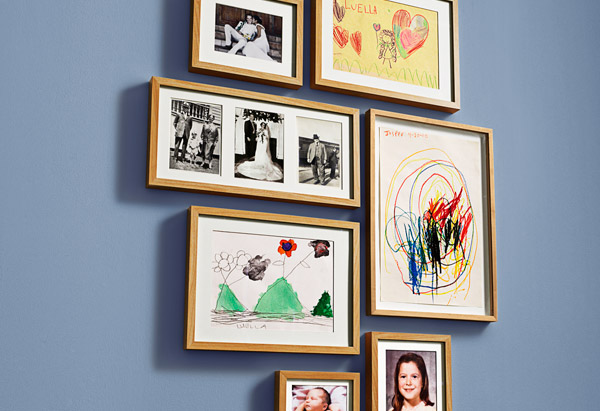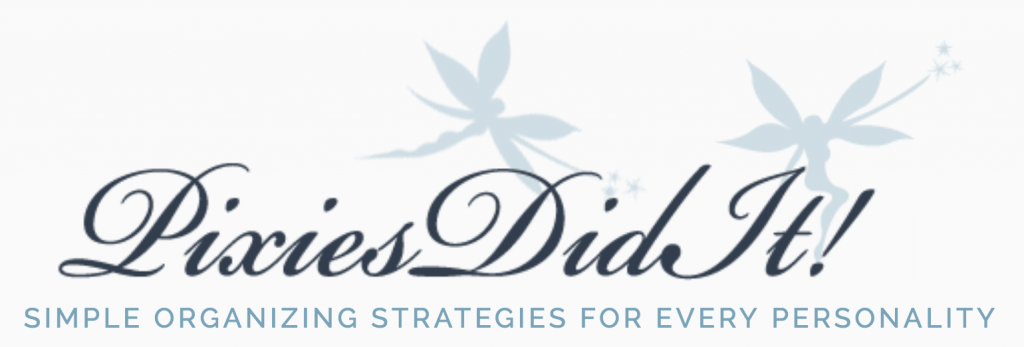Sentimental Softy Clutter


Today’s clutter type from Peter Walsh’s Article “What Clutter Type Are You?” from Oprah.com, is The Sentimental Clutter/Family Historian. His description is telling of a specific PixieType:
Hoards baby clothes, kindergarten papier-mâché creations, and grade school report cards belonging to fully grown offspring—wrongly assuming said offspring will someday want them; stores acres of unsorted boxes of deceased relatives’ clothing, tchotchkes, and war memorabilia in the attic, basement, and closets.
Walsh blames new parents, old parents, people who have suffered a loss, and those who feel responsible for “preserve(ing) family heirlooms and history.” But this isn’t every new parent or old parent. It’s just some of them. There’s an easier answer than Walsh’s. THIS clutter type is a specific PixieType. While you might think Classic Freedoms, with their duty bound attachment to tradition, would be the likely culprit, they’re not.
We know this type well. REALLY well. Our mom, an Organic, is the most likely PixieType suspect in Walsh’s assessment. Why? Judging from the 12-foot long row of photo albums in her attic, the slew of family photos and portraits on almost every single wall of her home, not to mention the genealogy scroll she patiently hand wrote and visited dozens of cemeteries in search of long lost ancestors, not to mention the boxes of her grown kid’s stuff kept dutifully for at least 10 years after they left home. Why? Because Organics are sappy and idealistic and they want harmony and would hate to disappoint anyone by throwing out something they love, or even think they might love. Plus Organics love to see the connections between their past ancestry and how it affects who they are today and might be tomorrow.
The other value-based feeling decision-maker types — Classic Freedom and Fun Freedoms, also tend to stray into this category, but not to the same degree, possibly even avoiding the clutter of it at all because they’re much more practical and therefore more ruthless about not keeping EVERYTHING their kid has ever made. Organics don’t have the same ability and they don’t have the clean decisions of the logical types (Classic Structures, Fun Structures, and Smarts) to make easy calls on throwing yet another bad crayon stick figure drawing away. However the logic types can also suffer in the reverse and throw too much away, but they are the least likely to suffer from this kind of clutter.
Walsh’s solutions are simple and helpful, but they’re going to be much harder for Organics, somewhat easier for Fun Freedoms and Classic Freedoms, and a breeze for Classic Structures, Fun Structures, and Smarts. Just something to keep in mind:
-
Establish a hierarchy of value.
“You must distinguish between your grandfather’s World War II medals and the box of receipts he used to support his tax claims in 1982.” It’s a great example Walsh uses because one is literally treasure and the other trash. This point kind of feeds into the next point.
-
Start a family history wall.
“When you treat the real treasures with honor and respect, it becomes easier to let the rest go.” What you think should go up on your wall and actually be displayed or on a bookshelf etc. means it’s something that not only you will appreciate but likely someone in future generations. It almost makes you a curator of a museum. What you don’t want to include in that museum is telling. Curating helps you realize what isn’t important and can go somewhere else.
-
Establish limits on kids’ artwork.
We’re big fans of Dynamic Frames. They’re basically souped up, matted frames that you can put as many kids’ artwork as you want. When you run out of space, it’s time to throw some out.
Or if you don’t want to display it, get a big bin for each kids’ artwork. Then as time goes by and it fills up, get rid of the less amazing pieces — either their or your judgment on that score.
